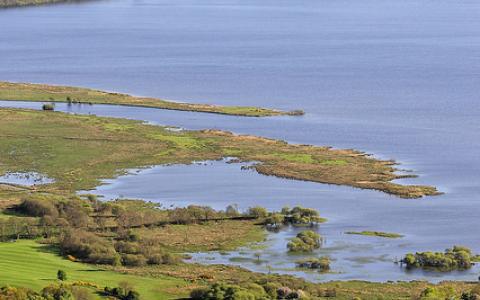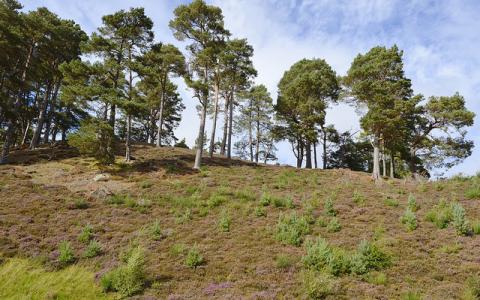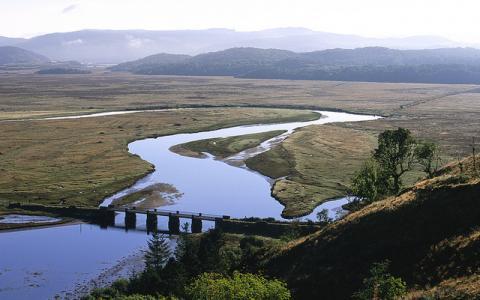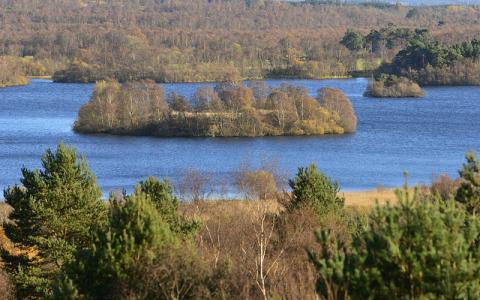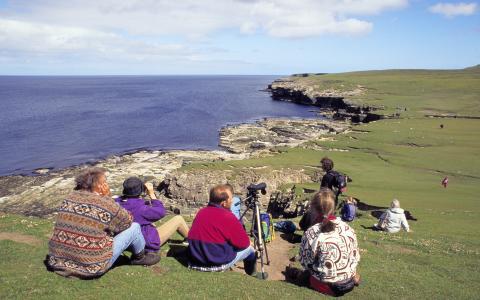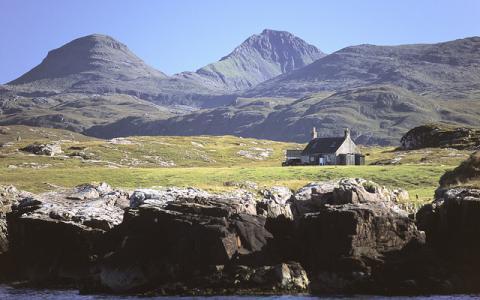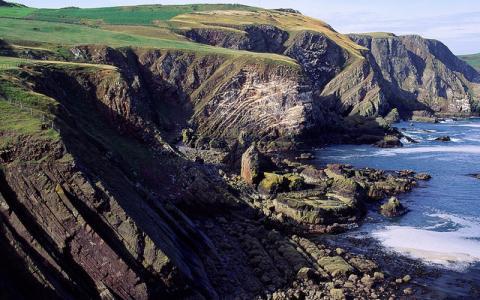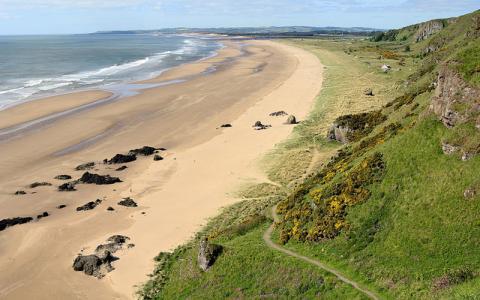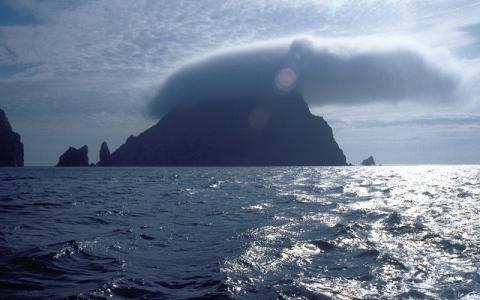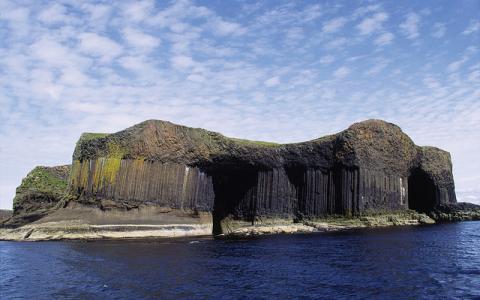Where lowland and highland meet
Take your pick of tranquil walks on a wooded isle, or head down to the loch shore in search of fishing osprey. Listen out for the distinctive call of wintering geese flying overhead in their constantly changing formations. Or contemplate the peaceful paddling of wigeon, teal and shelduck. On Inchcailloch island, a springtime carpet of wildflowers awaits. Insect-eating birds dart from tree to tree, and fallow deer watch in reproachful silence.
Loch Lomond and The Trossachs National Park, NatureScot and RSPB Scotland manage Loch Lomond NNR. Find out more:

